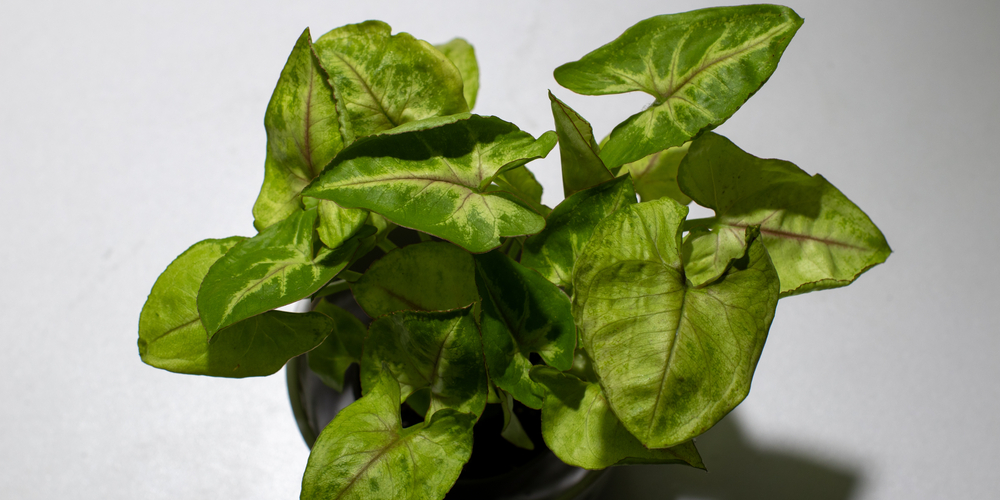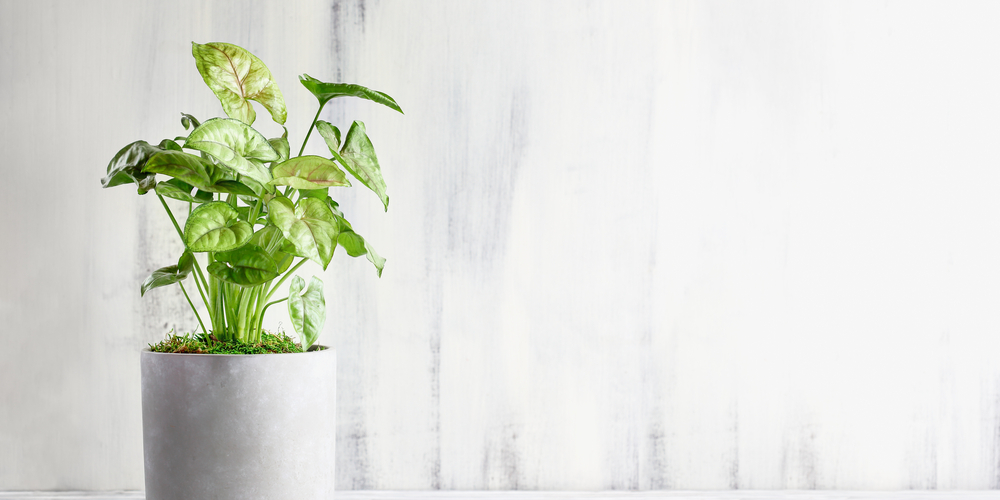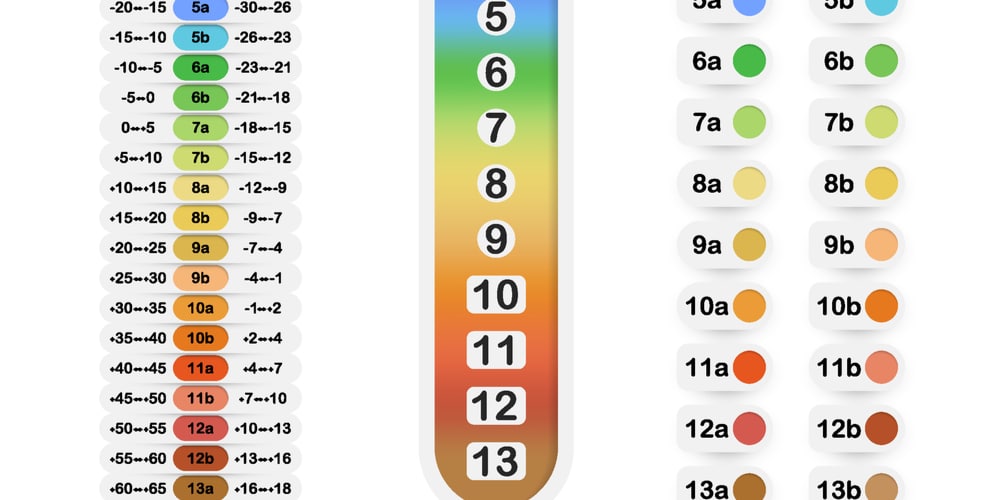Syngonium is a great trailing household plant that has become very popular due to its arrow-shaped leaves and easy care requirements. The leaves of this plant have pink “berry veins”, hence the name, Syngonium berry allusion. The leaves start as more pink during the early stages but then become green as the plant matures.
About the Syngonium Berry Allusion

The berry allusion plant is very versatile. It grows rather slowly that can be planted in hanging baskets with time. In case you prefer full-solid arrowhead plants, it’s advisable to prune the foliage to help keep its form. The plants are rainforest natives, so they grow as ground cover plants or climb up trees towards the sunlight.
How to care for the Syngonium Berry Allusion
The Syngonium berry allusion arrowhead plant is a very versatile houseplant. It has arrow-shaped leaves, which are sometimes variegated. The plant requires a certain amount of maintenance and pruning to look spectacular in your home or office space. The berry allusion arrowhead plants have foliage, with pinkish new growth and additional pink veining hence the name. The plants thrive in small pots but can be replanted in larger pots when they need more watering and for more growth.
Sunlight
This arrowhead plant is an indoor plant, meaning that it tolerates shady or low-light areas. For accelerated growth, this plant requires bright, indirect light. Direct sunlight scorches the leaves. The plant is tolerant to shady areas, but the colors on the leaves get more vibrant with more light. The plant does well in partial to full shade conditions and is tolerant to low-light conditions. While arrowhead plants are generally flexible to light conditions, they are more tolerant to low, medium, and bright-indirect light. You can use more light for the best coloration. Keep the foliage away from direct sunlight to avoid scorching.
The Syngonium berry allusion plant is tolerant to low light conditions so it does well even when planted away from a light source. The current weather of your residence affects where you place your berry allusion plant.
Watering
Syngonium berry allusion plants are tolerant to drought, so they do not need constant watering. As long as you plant in soil with good drainage, the plant needs water only when the top inches of the soil is dry. Failure to water the plant for a long time turns the leaves crispy and brown. The soil around these plants should be moistened evenly as there are such factors as temperature, humidity, soil type, and light level affecting the water usage.
The Syngonium berry allusion plant requires the soil to be dried out between waterings. The berry allusion plant requires 0.8 cups of water every 9 days when it isn’t subjected to direct sunlight. If possible, you can use a personalized water calculator for watering suggestions for these plants.
Pruning
The Syngonium berry allusion plant is a non-fuzzy indoor plant with light-colored pink foliage. If the plant shows signs of sparse foliage and straggly vines, there are poor light conditions. This causes growth to slow down and some leaf vibrancy to disappear. They start as very adorable and compact plants, but as arrowheads mature, they spread out and extend in all directions. The allusion berry allusion series is more compact. Don’t hesitate to prune these high-volume growers to tame them to become fuller plants.
Humidity
Arrowhead plants usually thrive in the majority of household temperatures with a range of 60-80℉ but not lower than 50℉. During winter, keep the plant away from doorways and breezes. The Syngonium berry allusion arrowhead plant does not need any extra humidity. These plants use their root systems rather than their leaves for water absorption, so the best way to ensure they get adequate humidity is by watering the soil. The average humidity of 40-50% is appropriate when grown indoors.
Arrowhead plants make for great shower plants as they thrive in humid conditions and aren’t too frilly with light conditions. This plant is tolerant to average home humidity, but it prefers high humidity conditions. You can place a wet pebble tray under the plant for better humidity conditions.
USDA Climate Zones (What Climate USDA Climate Zones Will it Grow Outside in)
The USDA Climate Zones help determine which plants are most likely to do well in a given location. The Syngonium berry allusion plants grow in USDA hardiness zones of 10 to 12, and they are only winter hardy in Florida. However, these plants do well as household plants in every state in America.
Fertilizer
These plants thrive when fertilized. Like most potted plants, they come with ample nutrients to support new growth. When the nutrients in the potting soil are depleted, it means that the plant is mature enough to be replanted in a bigger pot. The plant should be re-potted once a year, or when it doubles in size to help in the replenishment of the used-up nutrients. The re-potting soil usually has all the nutrients needed for the plant’s growth.
Soil Type
The plant should be planted in soil that has good drainage. It should be watered only when the top inches of the soil are dry. The plant should be potted in high-quality soil made of course materials such as compost or peat. If the plant is under-watered, the leaves turn brown and crispy, but you can correct this by soaking the soil to allow the plant to rehydrate. The soil needs to be light and free draining. These plants don’t do well in soggy or overly damp soil, so ensure you make an ideal potting with a combination of potting soil, perlite, and peat moss. These conditions are such as those of the plant’s native rainforest area.
Propagation
The Syngonium berry allusion arrowhead plant can be propagated by the stem, and it is an easy process. You propagate by cutting right under the node below where a new leaf grows from, or by plant division. There is an option of rooting the cuttings in water or directly into potting compost. Either option has successful results, as long as you cut the right part of the arrowhead plant.

